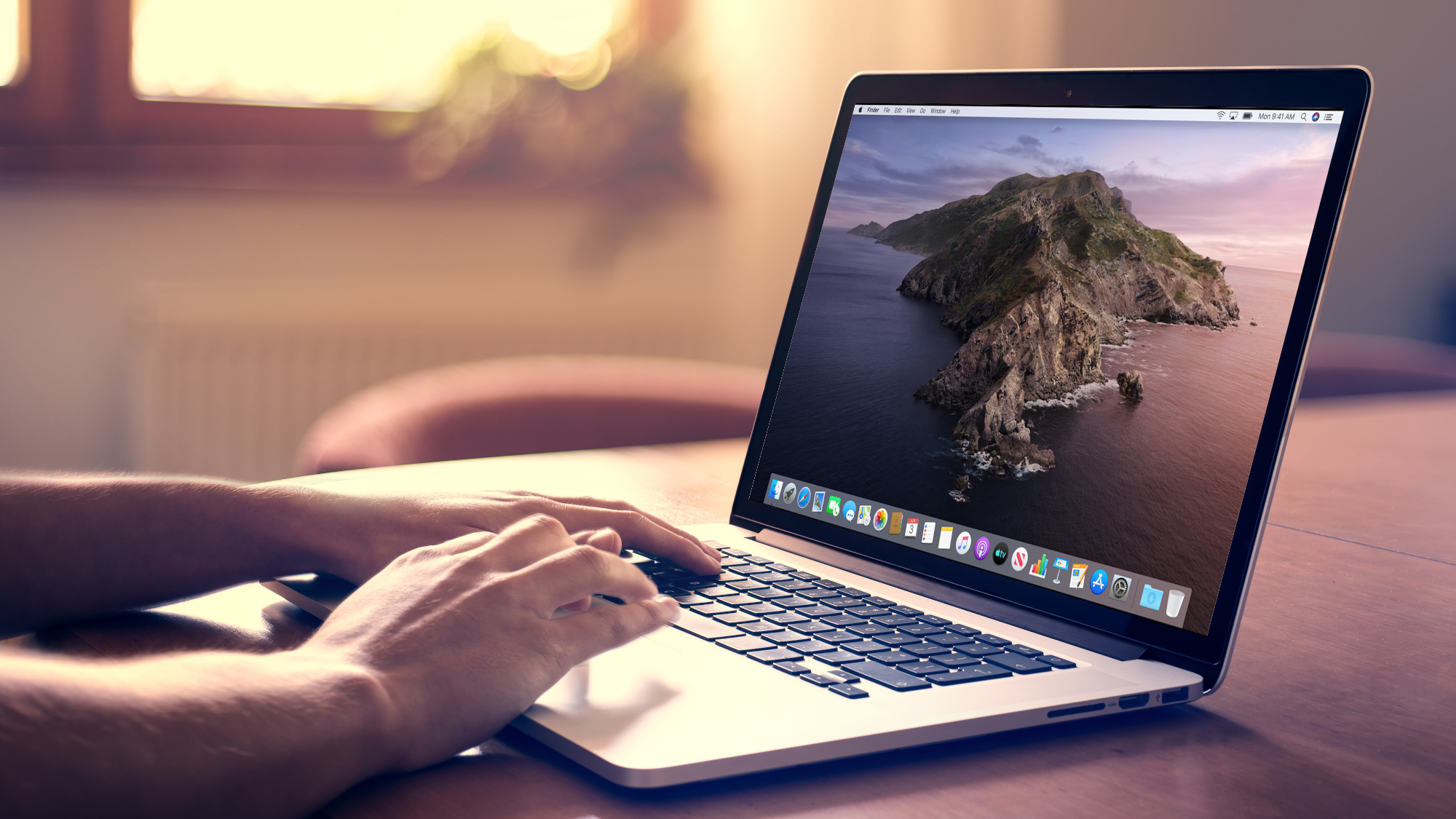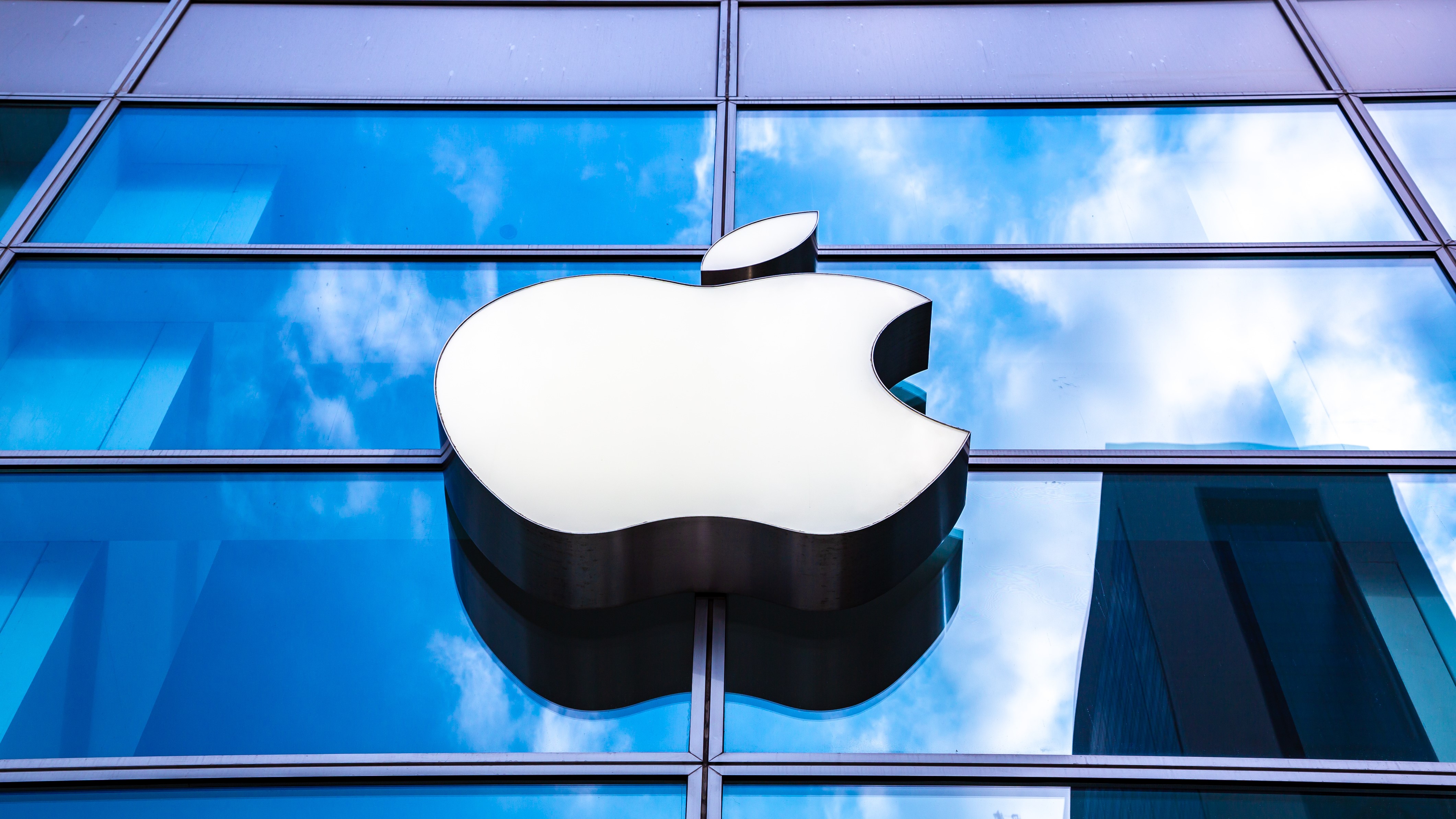
- The macOS Dock debuted 25 years ago, becoming an iconic and user-friendly design feature
- Developer James Thomson shaped the Dock’s origins, drawing inspiration from his DragThing app
- The Dock inspired industry-wide innovations, shaping Microsoft’s taskbar and modern desktop interfaces
If you’ve ever used a Mac, you can’t have failed to notice the row of app icons that runs along the bottom of the screen.
As every regular macOS user knows, this is the Dock, a now iconic (although pretty subtle) feature that keeps essential apps at the ready, just a click away, as well as any you want to add - and it’s now officially 25 years old. It’s become a core element that macOS users have come to expect in every new edition of the operating system, and it has an interesting backstory.
The Dock's origin story goes something like this: Back in the late 1990s, Apple was building a new operating system, Mac OS X, to replace its older system, Mac OS 9. One of the standout features was the Dock, which was introduced in Mac OS X 10.0 Cheetah. The Dock didn’t always look the way it does now; at first, it was just a row of plain square icons. The polished, glossy design we recognize today came later, thanks to a designer’s prototype, and it was Apple developer James Thomson’s job to turn those ideas into real, working code.
James Thomson is known for creating a popular calculator app called PCalc and he had also previously designed a Mac app called DragThing. This app worked like an early version of the Dock, letting users keep shortcuts to apps and files visible and more easily accessible on their desktops. It was actually his work on DragThing that landed him a job at Apple, where he was asked to help build the Dock.

From Ireland to iconic
The project, code-named “Überbar,” was top secret. Thomson recalls in musings on his blog about strict measures to keep things under wraps, including rumors that leaked screenshots could be traced back to specific computers.
Thomson lived in Ireland while working for Apple, but Steve Jobs apparently wasn’t thrilled about a key developer being so far from the company’s headquarters in Cupertino, California (where Apple still resides today). Jobs insisted that Thomson relocate permanently to the U.S. — or else. Thomson refused and ultimately quit his job before the Mac OS X Dock was completed. Another engineer rewrote it for the final release of Mac OS X.
Even though Thomson didn’t stay at Apple, the experience helped him revive DragThing for Mac OS X, and PCalc continues to thrive today. The Dock, of course, has become a signature feature of macOS, and it’s a testament to how simple, user-friendly design can stand the test of time.
How macOS set the stage for modern interface design
The macOS Dock significantly influenced the design evolution of Microsoft’s taskbar, particularly with the introduction of Windows 7 in 2009. Before this, the Windows taskbar was primarily a space for open program windows and the Start button (which itself turns 31 this year!), but Apple’s Dock demonstrated how combining app shortcuts with live, interactive icons could make using an operating system easier and more intuitive.
Inspired by the Dock’s ability to merge app launching and multitasking, Microsoft revamped the taskbar in Windows 7 to include pinned apps, allowing users to keep frequently used programs accessible at all times - a feature that still exists in Windows 11 today, and is unlikely to go anywhere anytime soon.
For all the (well-documented) failings of Windows 7, this shift not only modernized Windows’ interface but also showcased how innovation by one company can drive user-centric design improvements that everyone in the industry adopts. After all, the interface of virtually every Android phone on the market today is very clearly ‘inspired’ by the original iPhone’s tile-based UI - because it just works.
The macOS Dock’s 25-year journey is a testament to how thoughtful design can leave a lasting mark, not just on its own platform but across the wider tech landscape. From influencing Microsoft’s taskbar to shaping how we interact with our devices daily, the Dock remains an iconic piece of digital history. As technology continues to evolve, I’m excited to see how companies, including Apple, build on these foundations, creating new features that redefine how we interact with our devices and the software on them for years to come.
If you’re interested in learning more about how the Dock was developed, I would really recommend reading James Thomson’s retellings on his blog.







